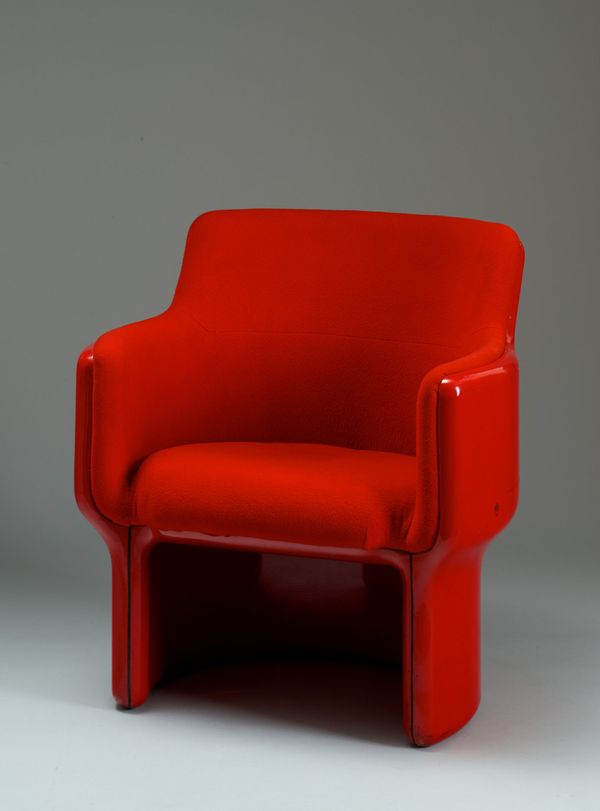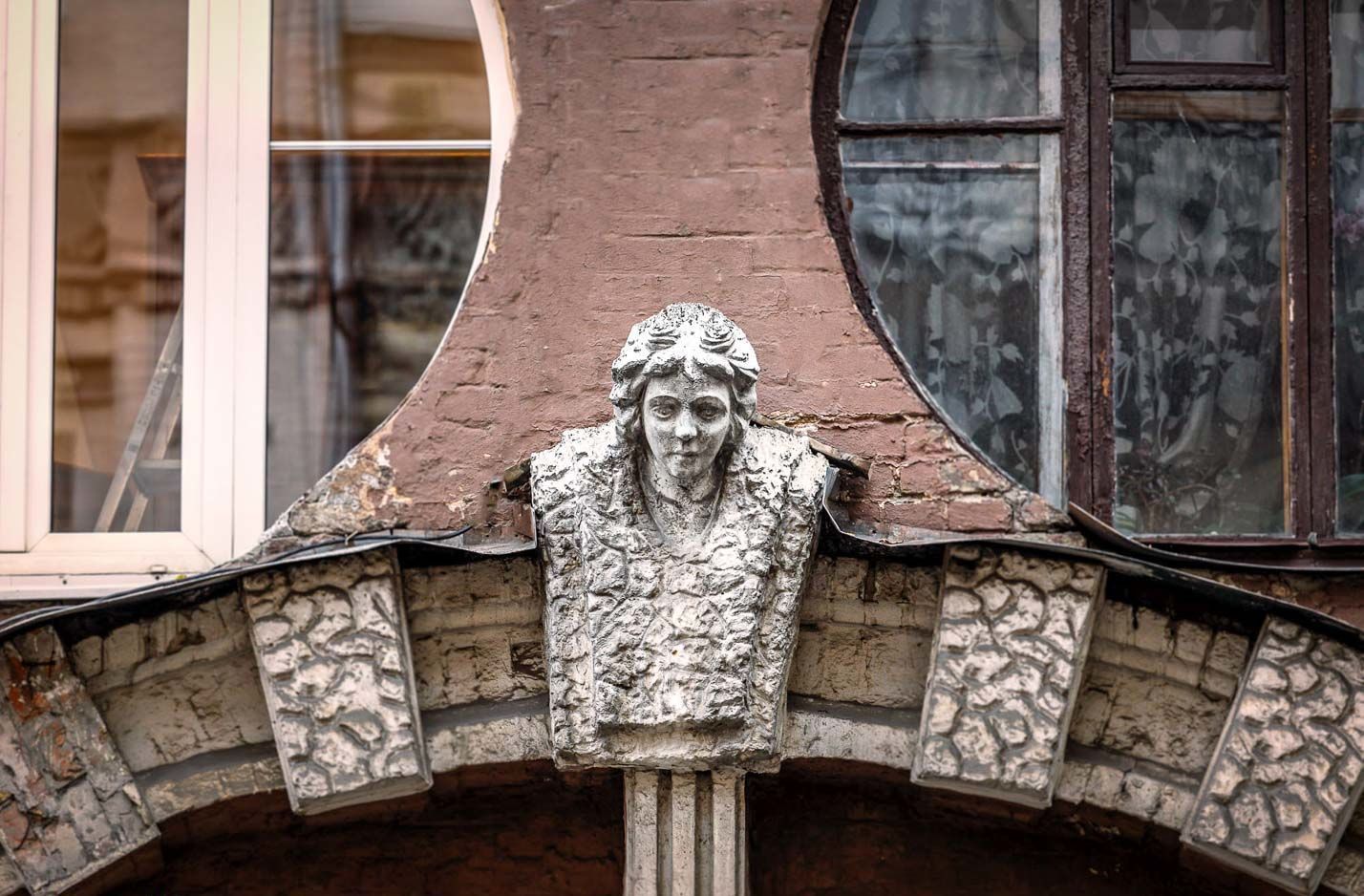Located in the heart of the city center, the houses, typically built at the turn of the century, still stand safely to this day and are home to many people, offices and studios due to the aforementioned favorable location. It is not only the solid and massive foundations that are attractive in them: the apartment buildings are also unique gems and era images of Budapest and many large cities in Eastern Europe. This list could be very long, yet in our selection today we have only brought five special buildings!
Prusa 5 | Wroclav, Poland
This Art Nouveau apartment house was built in 1902. On the façade of the upper floors there are many Art Nouveau decorative elements in the form of plant motifs: the rising sun and the amber motif also appear to be a recurring element of the building, which was declared a monument in 1972. It was then renovated in 2006 after the building’s plaster and façade decorations gradually deteriorated.
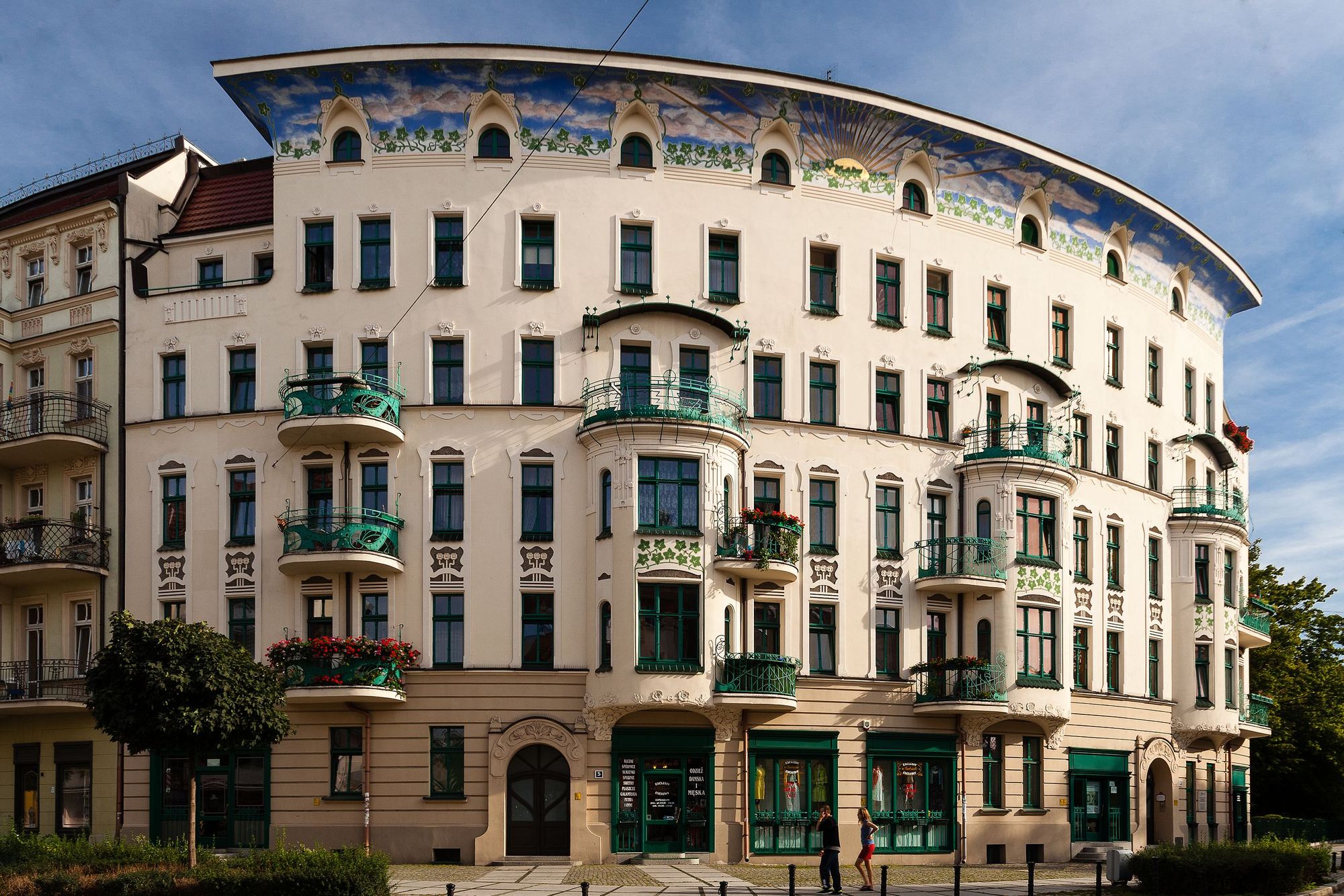
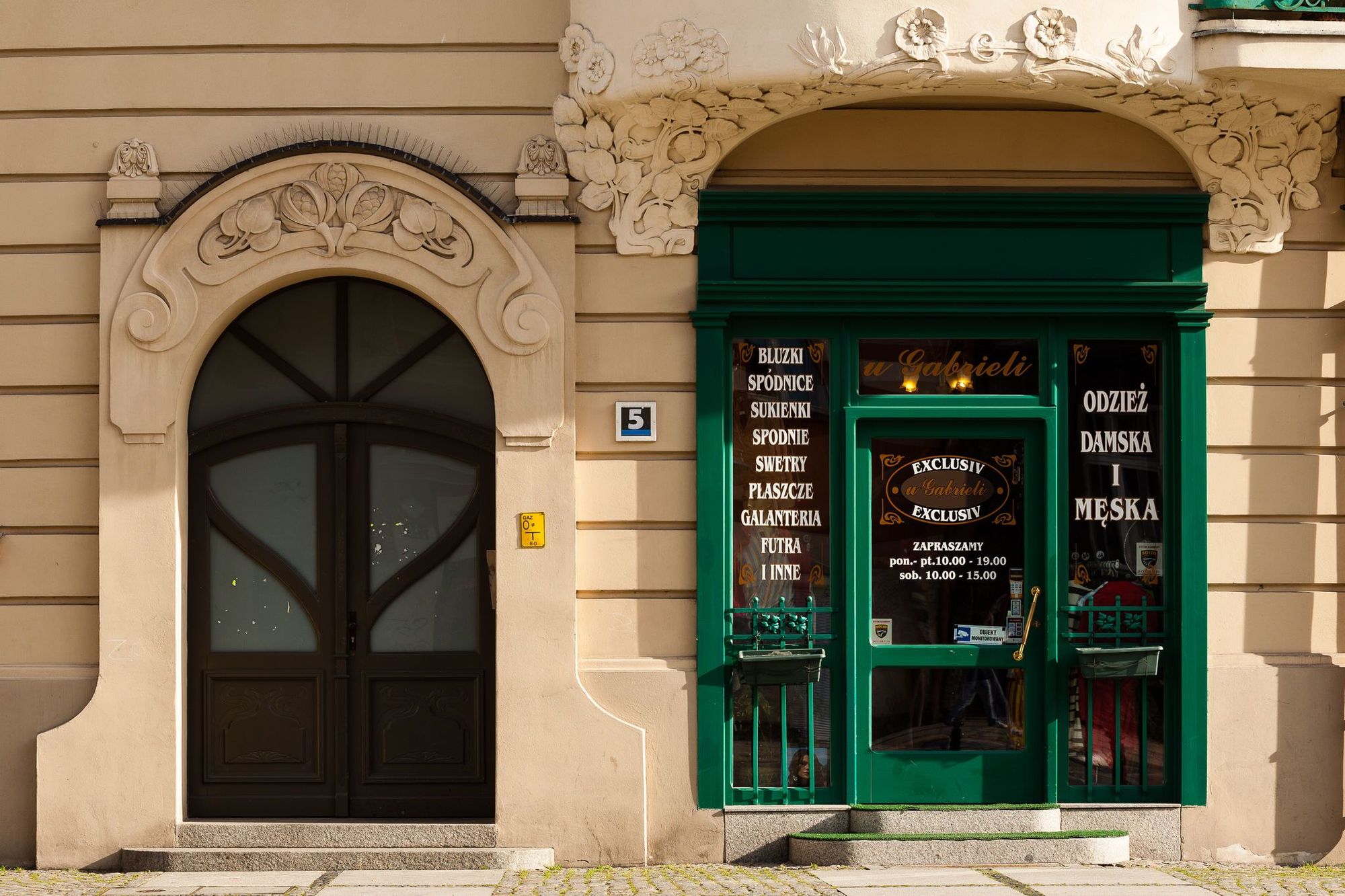
29 Eötvös Street | Budapest, Hungary
Béla Málnai and Gyula Haász’s premodern tenement house with a cour d’honneur, built between 1910 and 1911, did not only exceed its time, but was also an interesting and recent transcript of the apartment houses built at that time. The immediately striking yellow-painted riveted steel, the red brick cladding and their combination are already eye-catching and unique in themselves.
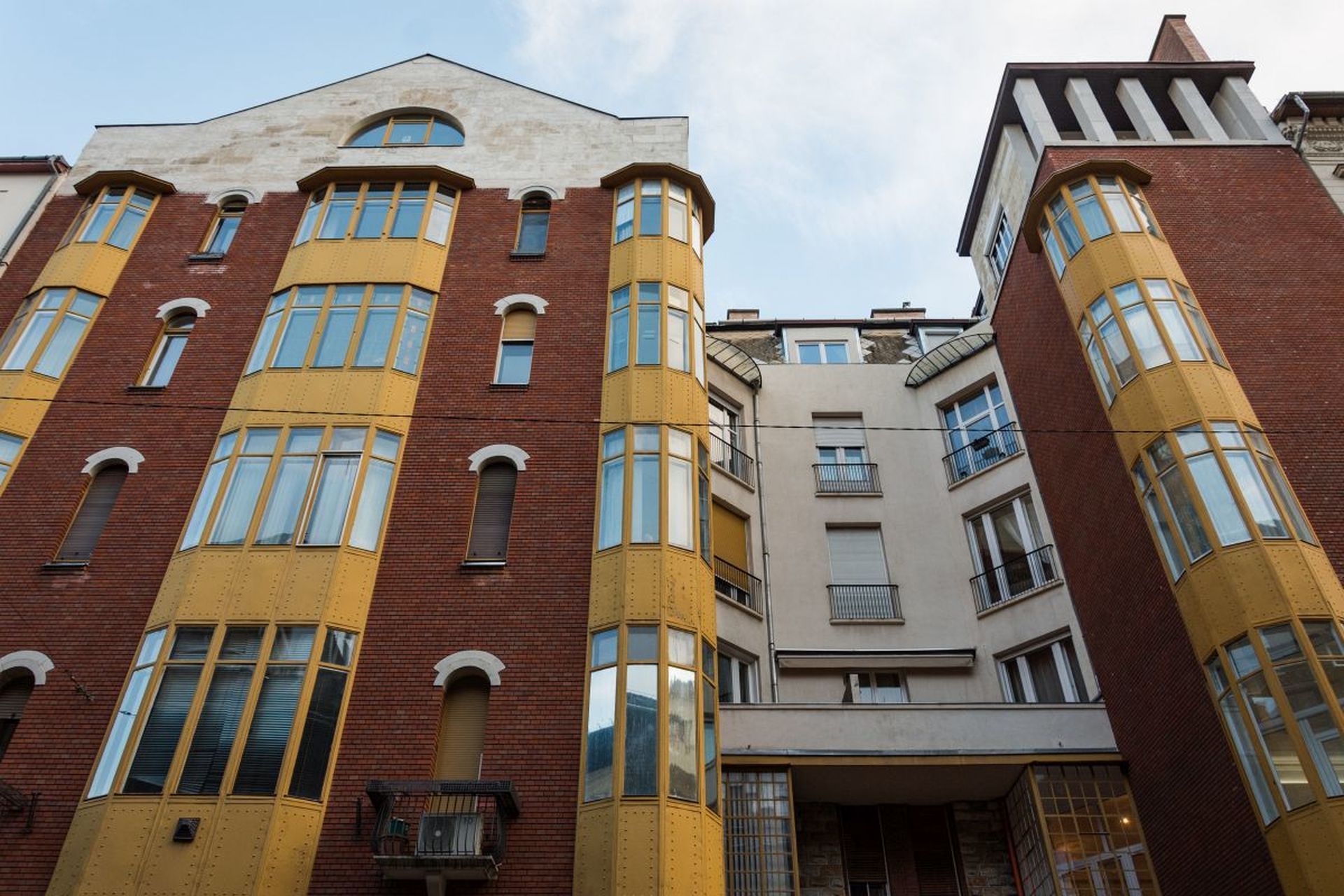
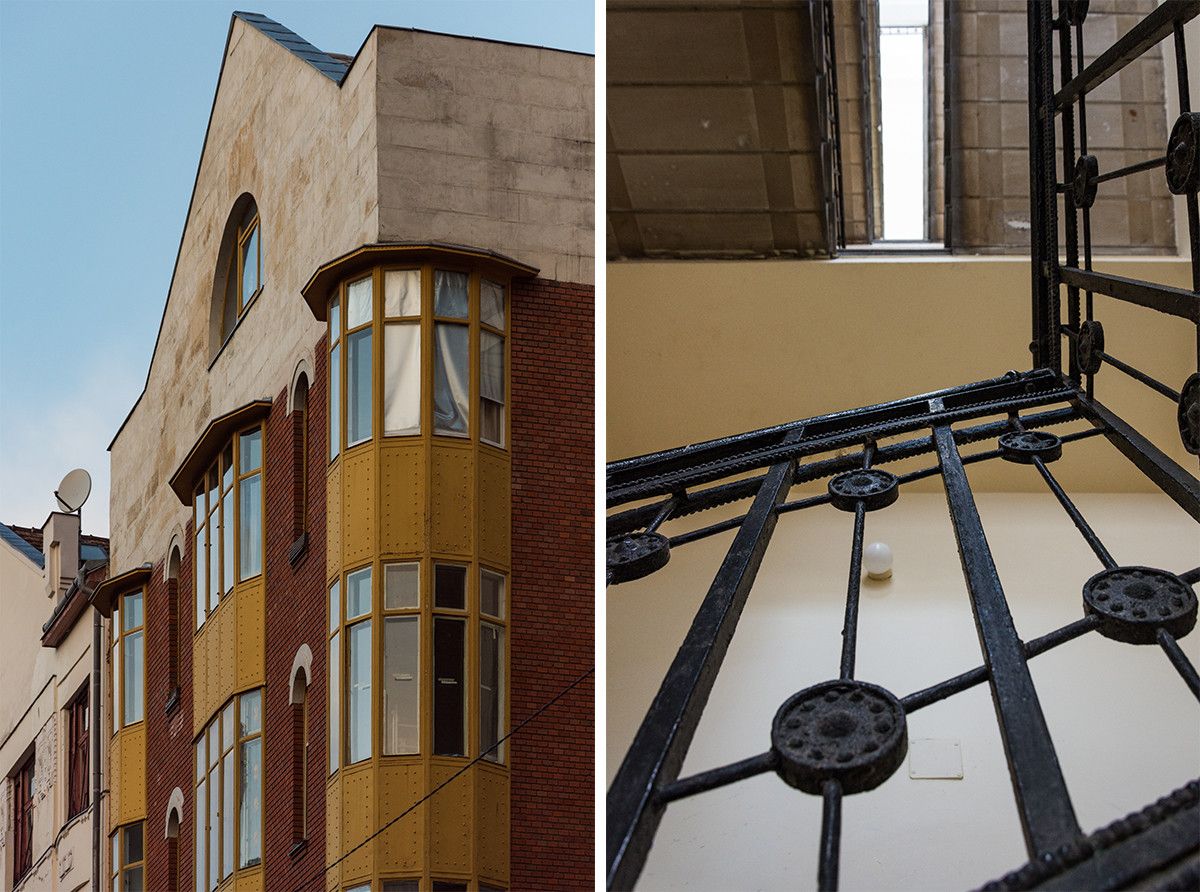
Arkhitektora Horodetskoho 15 | Kyiv, Ukraine
The former apartment building is one of the first houses in Kyiv to be built in the Art Nouveau style, according to the layout of architect Eduard Bradtman. Its atmosphere promises to be unparalleled, a real time travel.
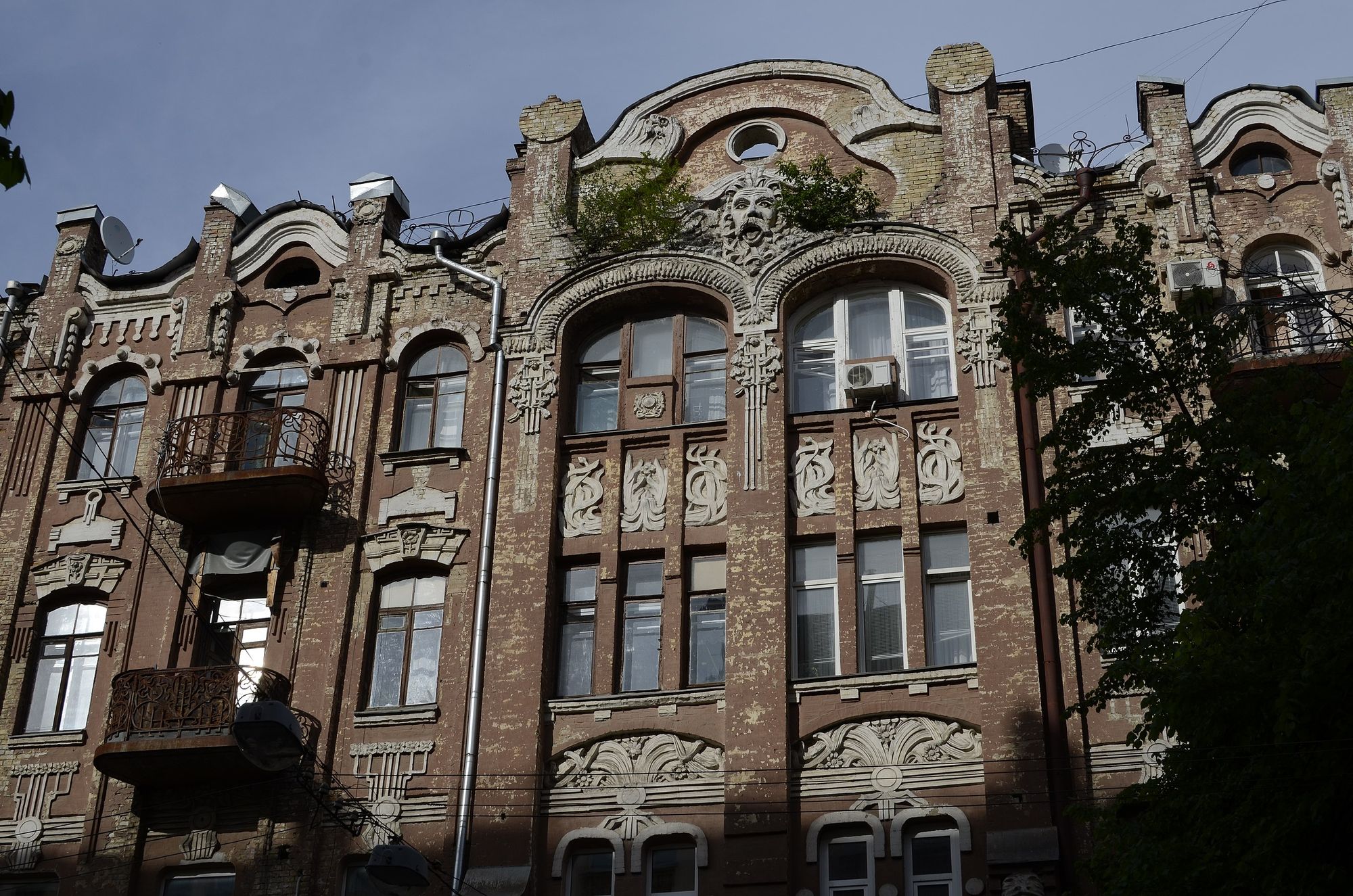
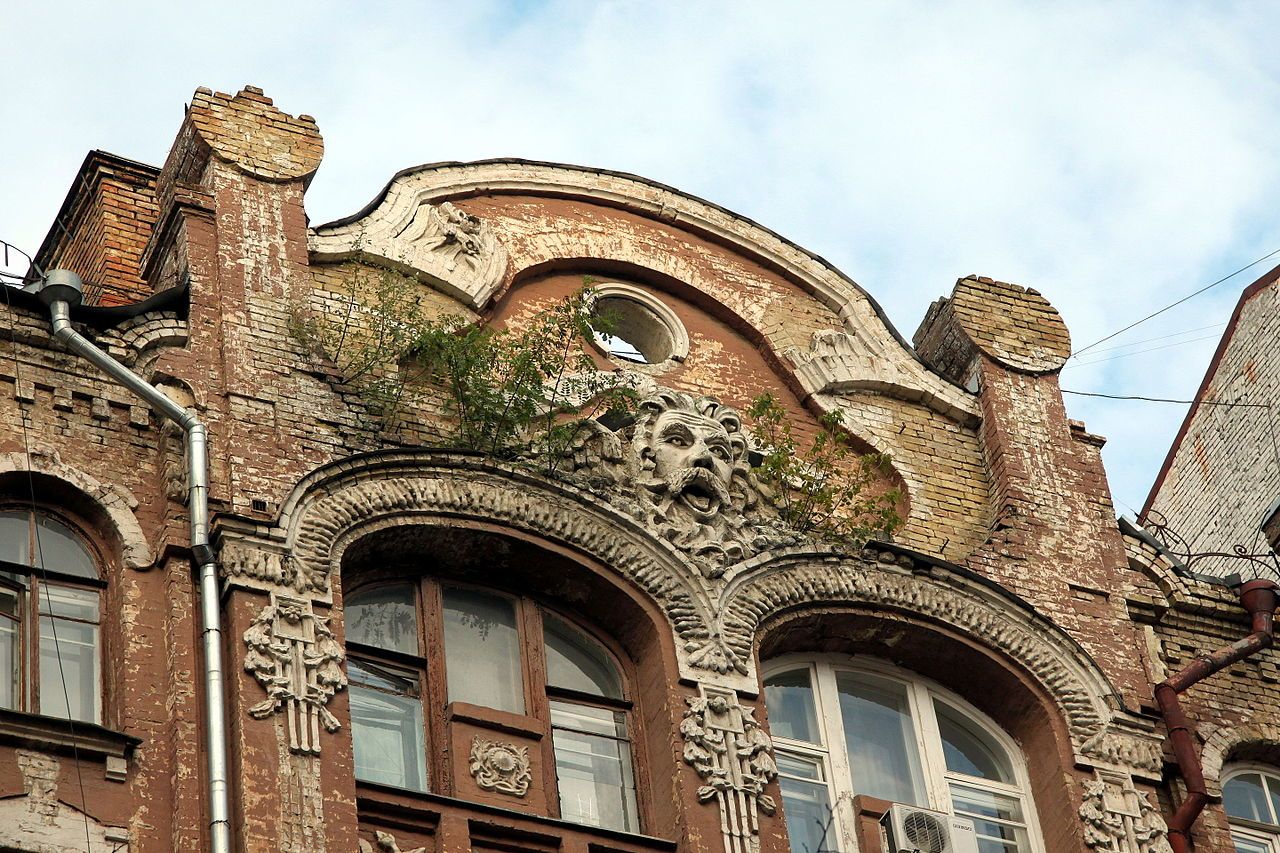
Bagatela 10 | Warsaw, Poland
Built in 1911-12, the Warsaw tenement house is a late Art Nouveau gem. Fully equipped apartments can be rented in the beautifully renovated building inside and out, and the first floor is home to a design studio.

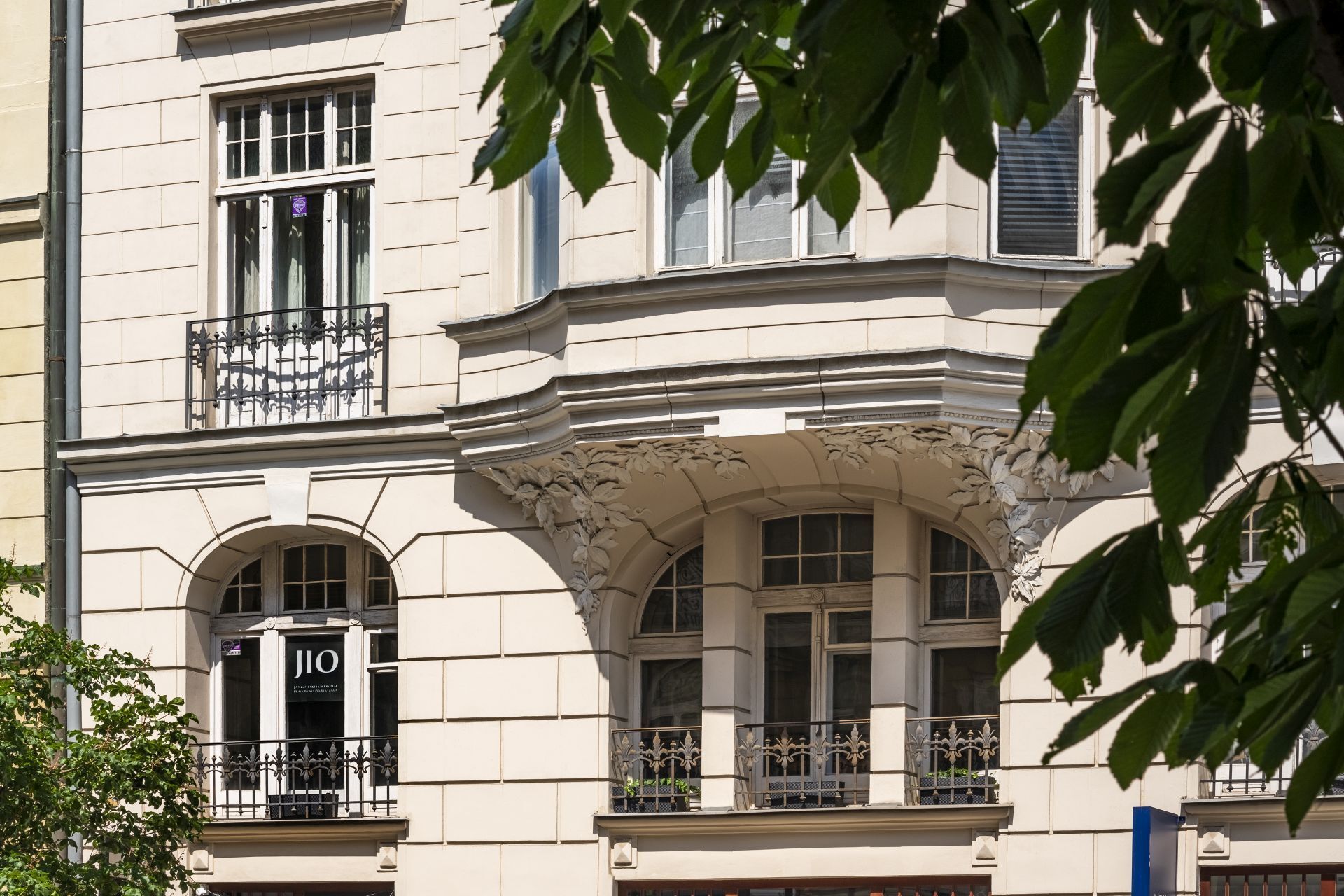
Štúrova 12 | Bratislava, Slovakia
The joint work of Marcell Komor and Dezső Jakab began in 1897 and lasted until 1923, during which time they had many successful plans and completed works. At the beginning of their joint work, they were mainly given apartment house commissions, and this 1903 building is also connected to them.
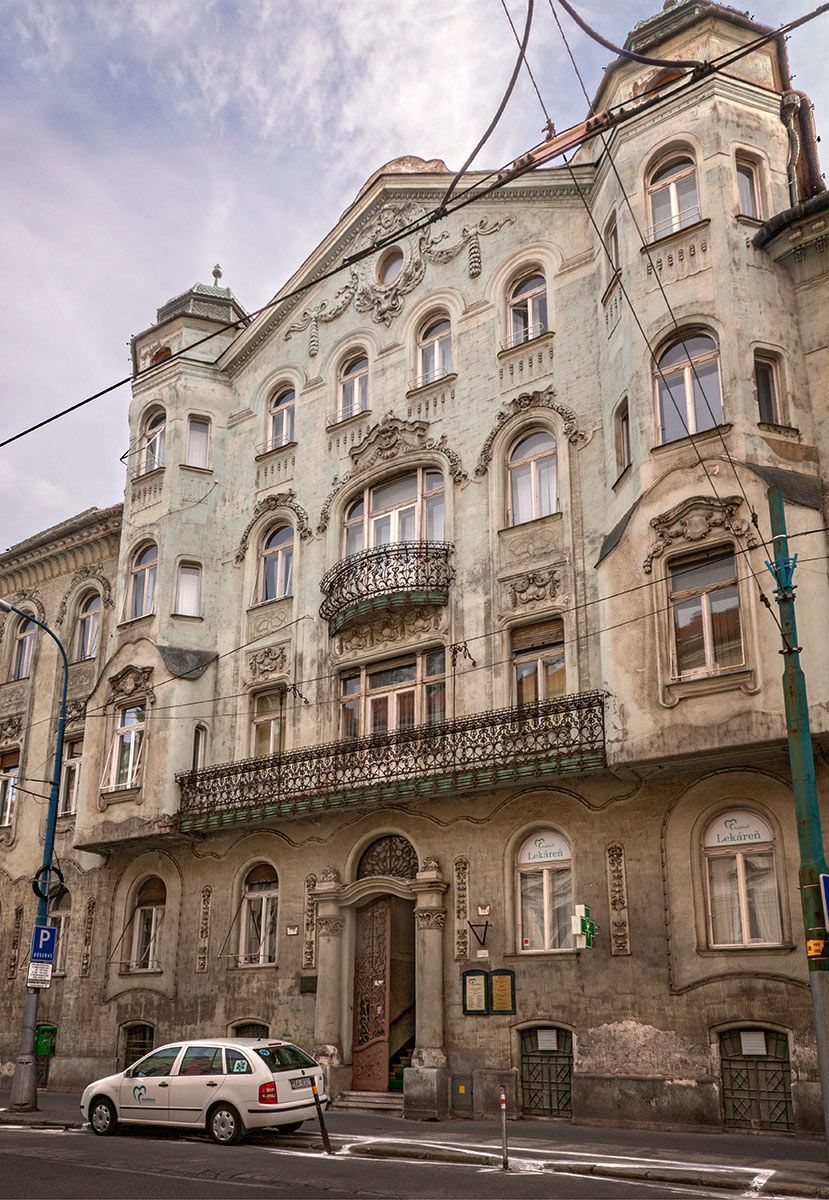


Printa’s new spring-summer collection goes zero waste
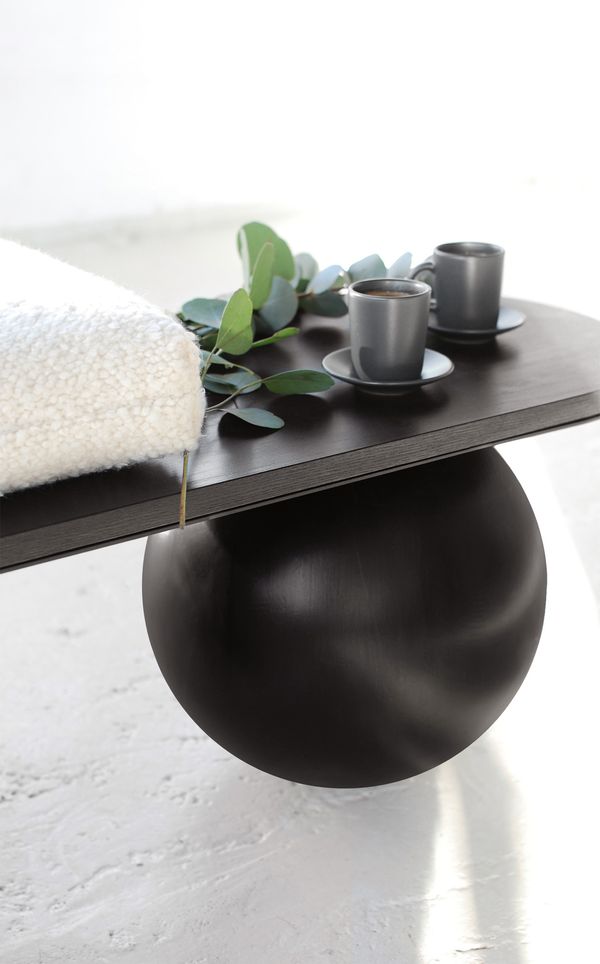
The most delicious ice creams from Eastern Europe | TOP 5
